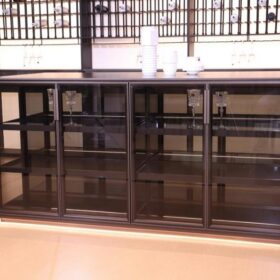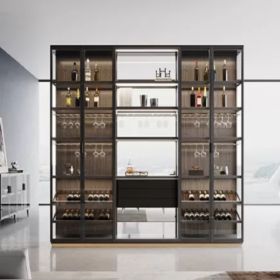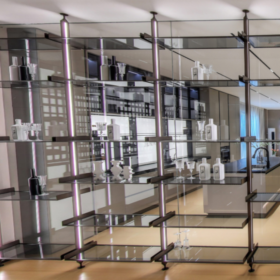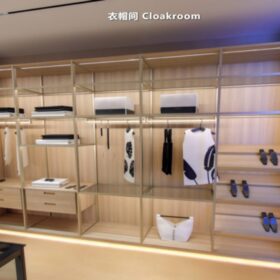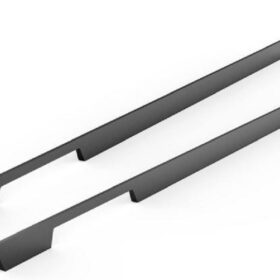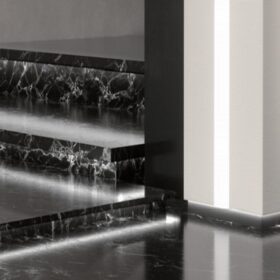Key Considerations When Choosing Aluminum Profiles for Kitchen Drawers
When designing and constructing kitchen cabinetry, the selection of aluminum profiles for drawers plays a pivotal role in the overall functionality, aesthetics, and longevity of the storage system. Here are several key considerations to guide you in making an informed choice:
Dimensional Accuracy
Precision is paramount when choosing aluminum profiles for kitchen drawers. The profiles must fit snugly within the cabinetry and run smoothly along the drawer slides. Slight variations in dimensions can lead to misalignment, binding, or premature wear of drawer components. Opt for profiles with tight tolerances to ensure seamless operation and extended lifespan.
Load Capacity
The load capacity of aluminum profiles determines the weight they can withstand without bending or deformation. Consider the intended use and storage requirements of the drawers. Heavy-duty profiles are suitable for bulky items such as cookware or appliances, while lighter profiles may suffice for cutlery, utensils, or spices. Determine the optimal load capacity to prevent sagging or failure under anticipated loads.
Durability
Aluminum profiles are known for their strength and durability, but not all profiles are created equal. Look for profiles made from high-quality aluminum alloys that provide excellent resistance to corrosion, wear, and impact. Profiles with thicker walls and reinforced corners offer enhanced structural integrity and longevity. Consider the potential environmental conditions, such as humidity or exposure to cleaning agents, to ensure the profiles will withstand the rigors of kitchen use.
Aesthetic Appeal
The appearance of aluminum profiles plays a significant role in the overall aesthetics of kitchen cabinetry. Choose profiles that complement the cabinet design and enhance the visual appeal of the space. Consider the profile shape, finish, and color. Brushed or anodized finishes offer a sleek and modern look, while powder-coated profiles provide a wide range of color options to match your kitchen decor.
Compatibility
Ensuring compatibility is crucial when choosing aluminum profiles for kitchen drawers. The profiles must be designed to work seamlessly with the drawer slides and hinges used in the cabinetry. Compatibility issues can lead to poor performance, difficulty in assembly, and premature failure. Select profiles that are specifically designed for the intended drawer system to avoid any potential complications.
Ease of Installation
Consider the ease of installing the aluminum profiles when making your selection. Profiles with pre-drilled holes for mounting and integrated locking mechanisms streamline the installation process. Opt for profiles that are easy to handle and maneuver, reducing the time and effort required for assembly.
Cost considerations
Aluminum profiles for kitchen drawers vary in price depending on their size, load capacity, and features. Establish a budget and determine the optimal balance between cost and quality. Avoid excessively cheap profiles that may compromise durability or performance, but also consider the value-added benefits of higher-quality profiles in terms of longevity and aesthetics.
-
2024-11-29Top Trends in Modern Kitchen Cabinet Pulls for 2024
-
2024-11-28The Ultimate Guide to Modern Kitchen Cabinet Pulls- Materials, Styles, and Tips
-
2024-11-27Elevate Your Kitchen Design with These Must-Have Modern Cabinet Pulls
-
2024-11-26Sleek and Stylish- The Best Modern Kitchen Cabinet Pulls for a Contemporary Look


